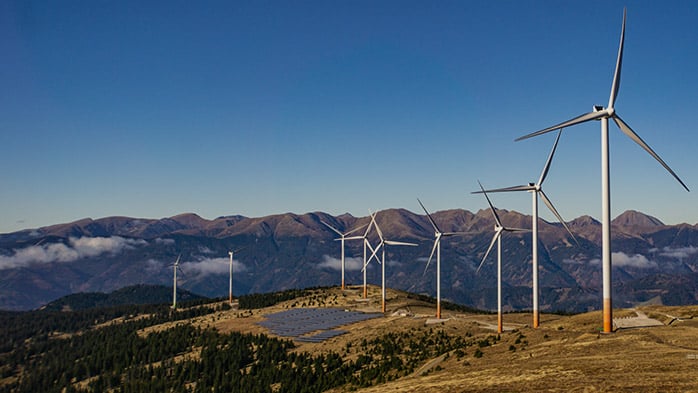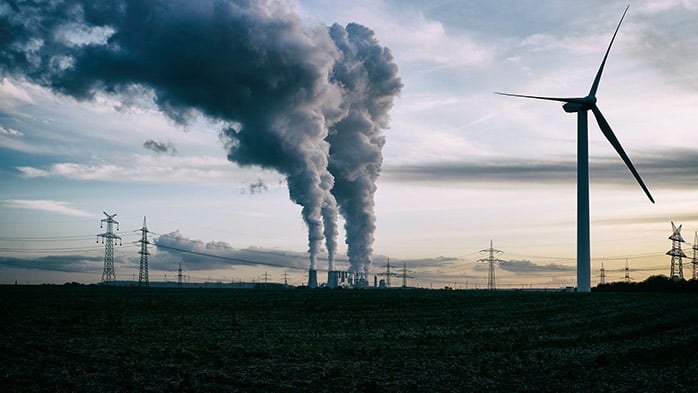After a mild four-week period over the year-end, which caused fossil fuel consumption and prices to drop, energy demand is now expected to increase with colder weather. Strong winds have aided Europe to combat its energy crisis recently, but winds are expected to calm towards historical averages in the coming weeks, pushing a greater reliance on fossil fuel power. However, worsening industrial output will limit the impact of fossil fuel uptake on EUA demand. Overall, CRU expects the EUA price to rise to ~€85 /tCO2 in the next four weeks.
Coal uptake with colder weather to drive carbon price
After a period of low energy demand, power demand will increase with the return of colder temperatures. We expect energy demand to increase, with greater reliance on fossil fuels to meet the additional demand. With Europe’s gas storage levels at a record-high 75% for late-January, any gas prices are expected to be marginal. CRU forecasts coal prices will continue to fall, which will result in some gas-to-coal switching. Overall, we expect increased coal consumption will drive EUA demand.
Weakening wind will lift fossil fuel consumption
Strong winds led to a drop in fossil fuel consumption around year-end, with wind power accounting for as much as 35% of the continent’s daily energy generation, over 20% above its normal output. Winds have already weakened and this reduced output will need to be replaced by fossil fuels. This will support EUA demand, whilst other renewables will have limited to no impact on the carbon price.
EDF struggles to keep up momentum on reactor restarts
France ramped up its nuclear output before year-end, adding over 10 GW, but remains behind schedule on its restart programme. EDF pushed back opening dates for four reactors, one of which is expected to be put online mid-February. Combined with recent strike actions affecting nuclear output, added capacity is unlikely to have a significant impact on EUA demand next month.
Industrial activity continues to slow
Steel and aluminium prices continued to drop, reaching a 1-year low in January as weak demand endured. Industrial output continued to stumble and we do not expect that to change in 2023 Q1, despite lower power costs. For the next month, we forecast industrial output will continue to slow, limiting the impact of fossil fuel uptake on EUA demand.
The cut-off date of the data is 23 January 2023.
These and other economic developments that impact commodity markets are discussed with CRU subscribers regularly. To enquire about CRU services or to discuss this topic in detail, get in touch with us.
CRU experts discussed the impact of the war in Ukraine on commodity markets in a recent webinar. Experts from all major commodity areas joined CRU’s Head of Economics and an energy specialist to discuss markets one month on from the invasion of Ukraine. The webinar is available to watch on-demand here.
















